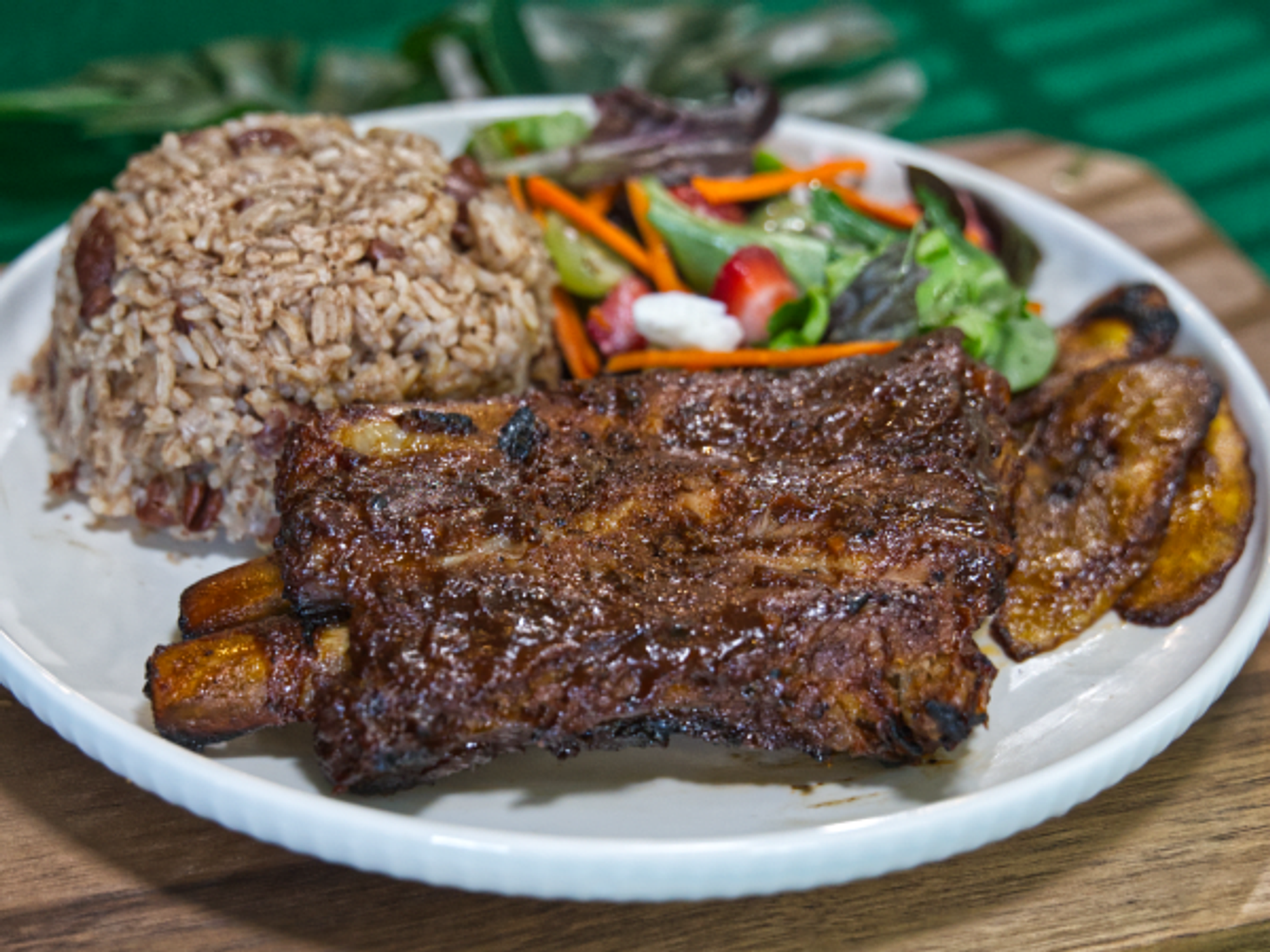Meat and Moonshine
Taking the cure: Handmade charcuterie and cocktails play special role at Central Texas restaurant
Two large glass jars on the gleaming, stainless steel counter held a clear, slightly golden liquid, bright yellow lemons and fresh sprigs of thyme. The bartender poured a drink from one of them, which turned out to be lemon-infused moonshine and champagne, with ginger and citrus bitters. It tasted fresh, crisp, and just oh-so-slightly sweet. This is the Cured Cocktail, signature drink of a new restaurant opening in San Antonio.
Drink in hand, I joined chef Steve McHugh for a tour of Cured, which occupies a charming building in the historic Pearl Brewery Complex. Resurrected as a cultural and culinary destination and part of the Museum Reach of this city’s famed RiverWalk — three miles from the historic downtown walk to Brackenridge Park, accessible by pedestrian pathway and the river barges — the Pearl is already home to a dozen restaurants and a Culinary Institute of America, along with retail shops and lofts.
Cured's name comes not only from the curing involved in charcuterie and pickles; it also refers to the chef’s own cure.
Cured’s freestanding building once served as the brewery president’s office. It features reclaimed natural materials, such as longleaf pine floors, and original historic elements including exposed brick walls, the pressed-tin ceiling design and an ornate iron vault behind the bar that once safeguarded the brewery’s cash. A floor-to-ceiling wine rack was created from crescent-shaped bricks used in the old brewery, and entering guests are greeted by a floor-to-ceiling glass cooling case for cured meats.
The menu features a list of 11 different charcuterie meats, from South Texas Heritage Pork Coppa to Spanish Chorizo and pork and duck pate; guests can order three, six or nine choices, and $1 from each board goes to a rotating list of charities. The restaurant’s meat-inspired main dishes include pork gumbo and boudin noir, duck carpaccio, Bandera quail, Buffalo loin and grilled flat iron, as well as cabrito and lamb dishes. Meat lovers might think they’ve died and gone to heaven, but McHugh didn’t forget the vegetarians. The menu carries a selection of fresh veggies and a daily special.
McHugh also focuses on healthy, nutritious ingredients: that quail breast comes with carrot marrow, the pork gumbo contains okra and the cabrito sliders have onion sprouts. Salads are made with blood oranges, pumpkin and sweet potatoes. That’s because the restaurant name comes not only from the curing involved in charcuterie and pickles; it also refers to the chef’s own cure, from non-Hodgkins lymphoma. Diagnosed in January 2010, McHugh is now in remission. The experience provided the push he needed to realize the dream of his own restaurant after graduating from the Culinary Institute of America and working at several renowned restaurants in New Orleans and San Antonio.
The name has many layers of meaning. “We do everything, as much as we can, in-house, and it all takes time” says McHugh. Take my cocktail, for example. “We make the citrus bitters ourselves, and it takes a month and a half," he explains. "Infusing the moonshine with lemon takes two weeks. I’m sure we could buy already-infused moonshine, but that wouldn’t be the same. Things made by hand take time.” Taking that time is the chef’s way of paying tribute to his battle with cancer.
In addition to going heavy on handcrafted and time-consuming dishes, the menu uses regional ingredients, including many from a farmers market at the Pearl, from which he has been sourcing for years, and organic methods that McHugh credits, in part, for his personal cure. Pickled, or "cured," vegetables also go into the Masa Fried Oysters with Tarragon and Pickled Tapioca, Cabrito Sliders and even the Nopalito Relish and Housemade Ketchup that accompany the Brewery Frank.
In addition to the creation of every natural element that goes into the food and drink at Cured, McHugh also controlled the space itself. “This is a beautiful space,” he says. “It could have gone a lot of different ways, including very high-end. But we’re more community-oriented, so we took a more laid-back approach. Anybody can come in; we don’t care how you’re dressed. There are lots of fine dining establishments, and I love going to them. This is a spot where you’d feel comfortable coming in a few times a week. You’re coming into my house, and I want you to feel comfortable.”
I’ll drink to that.


 Island Riddim's curry goat.Photo courtesy of Island Riddim Jerk & BBQ Grill
Island Riddim's curry goat.Photo courtesy of Island Riddim Jerk & BBQ Grill